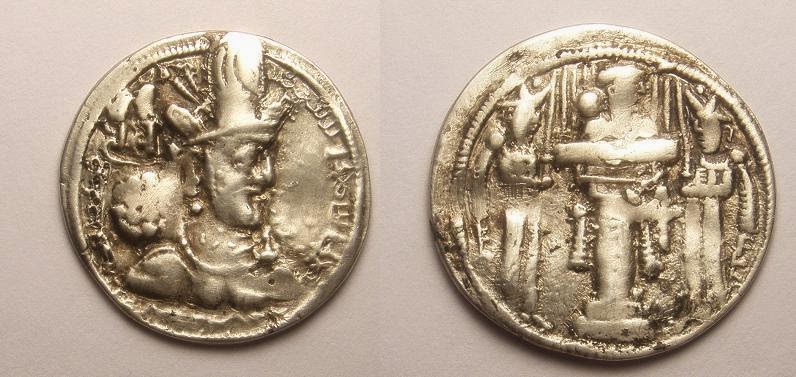All Obs inscribed DN THEODO-SIVS PF AVG unless otherwise
described
All Rev inscribed CONCOR-DIA AVGGG unless otherwise
described
AE 18 mm, 2.6 g, 6h, Nicomedia
mint c. CE 379-383
CHK 2366
RIC IX 31b (S)
RCV 20527
O: diad draped cuir
bust r
R: Constantinopolis
turreted, std facing hd r, holding
scepter and cornucopiae with rt foot on prow
Palms in field to right and left
mm in ex. SMNΓ
AE 18 mm, 2.39 g, 11 h, Constantinople
mint, c. CE 379-383
CHK 2128 v
RIC IX 57d
RCV 20531
O: as previous
R: as previous except Constantinopolis is helmeted.
O in left field
mm in ex. CONSA
AE 18 mm, 2.48 g, 6 h, Constantinople
mint, c. CE 379-383
CHK 2128 v
RIC IX 57d
RCV 20531
O: as previous
R: as previous except Constantinopolis is helmeted.
O in left field
mm in ex. CONSB
AE 16 x 19 mm, 2.83 g, 6 h, Alexandria mint, c. CE 379-383
CHK 2872-2873
RIC IX 11 (S)
RCV 20535
O: as previous
R: as previous except Constantinopolis is helmeted.
mm in ex. ALEΓ
AE 17 mm, 2.6 g, 5 h, NM, c. CE 379-383
RCV 20529-20535var
O: DN TNEODO-SIVS PF AVG
R: as previous except Constantinopolis is helmeted.
mm in ex. indeterminate




































